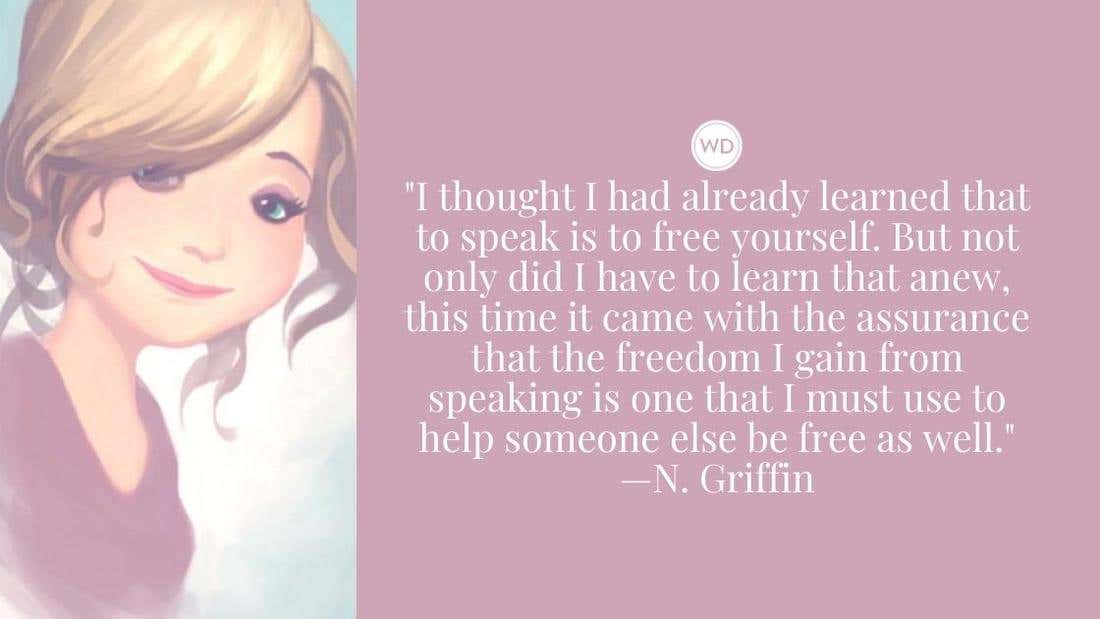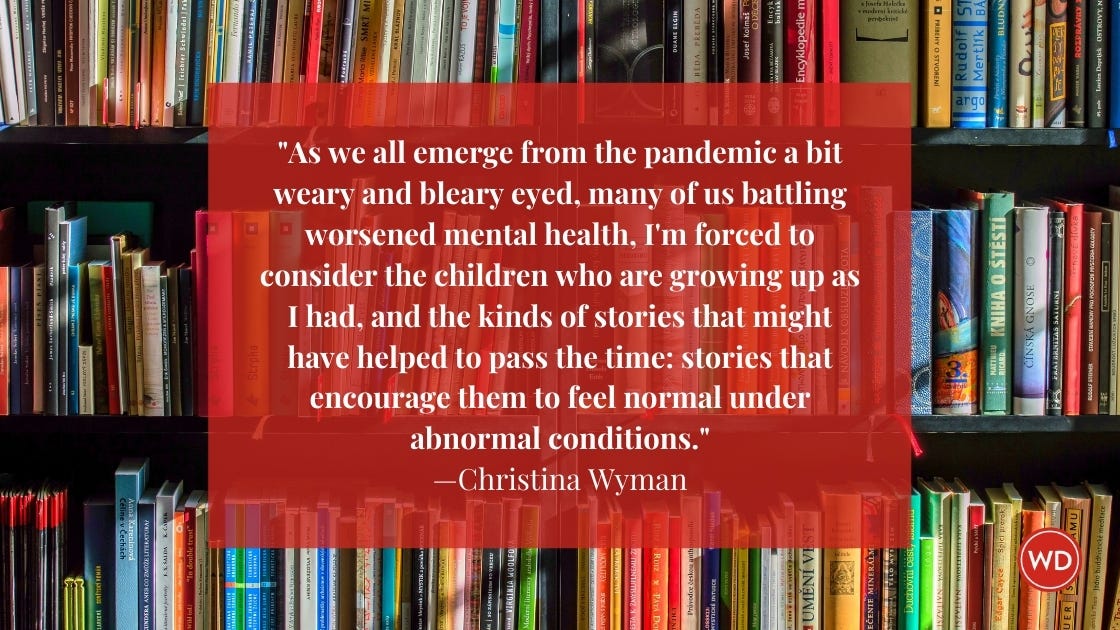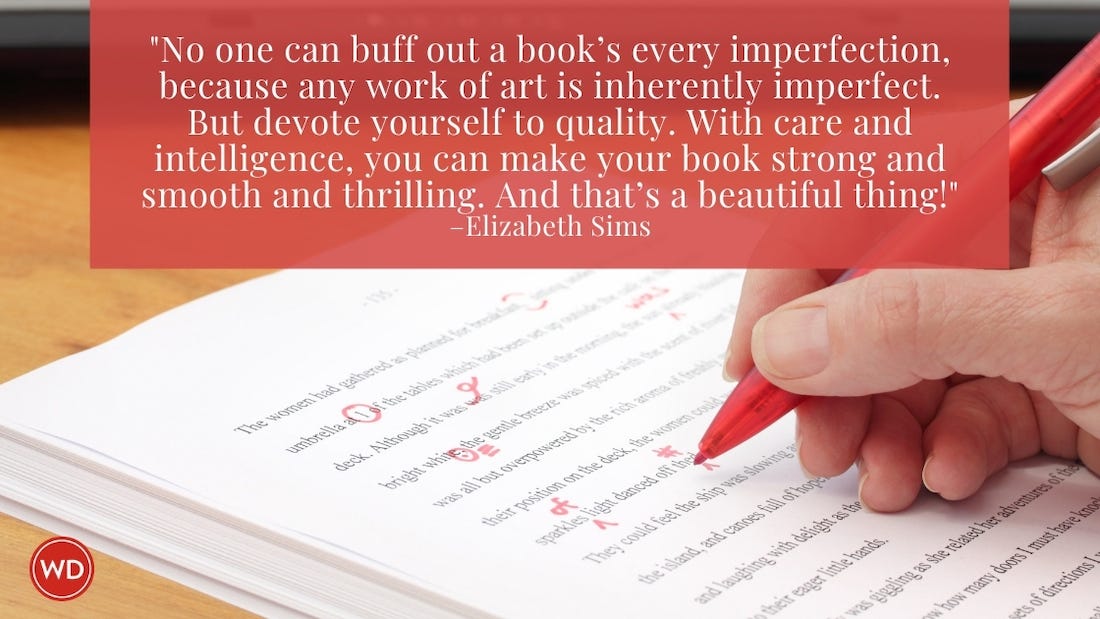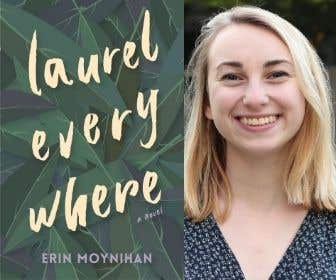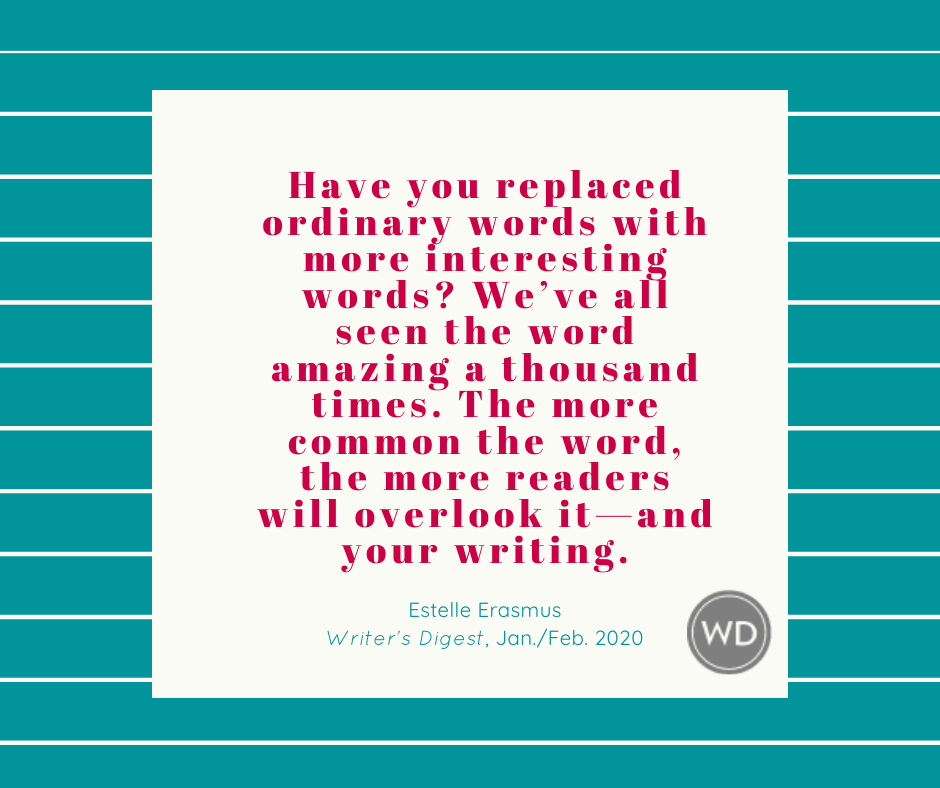7 Ways to Structure Your Picture Book
Author and editor L. Rust Hills once said, “The sinister thing about writing is that it starts off seeming so easy and ends up being so hard.” If only this quote weren’t true. But it is. However, we picture book writers are lucky. We have seven wonderful techniques to help us organize our plots and hold our stories together.
Author and editor L. Rust Hills once said, “The sinister thing about writing is that it starts off seeming so easy and ends up being so hard.” If only this quote weren’t true. But it is. However, we picture book writers are lucky. We have seven wonderful techniques to help us organize our plots and hold our stories together.
1. DAYS OF THE WEEK
Books including the days of the week are popular with teachers because they reinforce the learning of those days that goes on in preschool and kindergarten. Just be aware that if you aren’t going to mention every day of the week, it’s best not to mention any. When you state a specific day, you set the reader up to expect the rest of them.
I.Q. Goes to the Library by Mary Ann Fraser is a wonderful example of a book organized in this manner. It’s library week, and on Monday the main character, a mouse named I.Q., goes to the library with the class whose room he lives in. Each day is a new adventure in the library until Friday, when he gets his own card and can check out a book. He doesn’t mind being alone in the classroom on Saturday because he has his book to read, and on Sunday he dreams of other books he can check out.
2. A JOURNEY
Most of us love to take a trip—the anticipation, the packing, the trip itself and the unusual adventures along the way are experiences readers of all ages can relate to, whether they’re traveling to another country or just down the street to grandma’s house. Organizing a story around a journey can be an effective way to tell both fiction and nonfiction stories. The overarching goal of these types of stories is always the same: to reach the destination.
Owen & Mzee: The True Story of a Remarkable Friendship by Isabella Hatkoff, Craig Hatkoff and Paula Kahumbu is a nonfiction book about a baby hippopotamus named Owen who was separated from his mother and their group of hippos during the tsunami in December 2004. He was rescued and taken to a new place to live, where he bonded with a 130-year-old tortoise named Mzee.
In this story, children read about Owen’s separation from his family, his dramatic rescue, his travels to his new home and his budding friendship with Mzee. Over the course of Owen’s journey, readers learn about the animals, the people who care for them and the different locales Owen encounters on his way.
3. CIRCULAR FORM
This technique is related to the journey; however, instead of reaching the destination and stopping, the character returns to the place where he began. A writer might start at one point—say, a park—and come back again to that same park at the end.
In Donald Hall’s Caldecott Medal–winning Ox-Cart Man, the farmer loads up his cart with everything that his family has made or grown over the past year and goes into town, where he sells it all. Then he returns home to start the cycle of making and growing all over again.
A circular story might also begin with a certain phrase and end with that same phrase, or with a slight change of the wording of the initial phrase. It brings wonderful closure to a piece of writing. Tricia Gardella’s Just Like My Dad opens with the phrase, “When I get up in the morning, I put on my cowboy hat, my chaps … and my spurs … just like my dad.” Then the picture book follows the little boy and his dad through all the activities of a ranching day. At the end of the day, Dad is tucking the boy into bed and the boy says, “I never get tired of hearing him say that one day I will be a great cowhand … just like his dad.”
4. THE ALPHABET
Like books organized using the days of the week, alphabet storybooks are popular with teachers because they reinforce their students’ learning of the alphabet. Structuring a story in this way is often used by nonfiction writers to organize their information. My book Eight Hands Round: A Patchwork Alphabet introduces a different patchwork design name for each letter. Michelle Markel uses the alphabet in her book Cornhusk, Silk and Wishbones: A Book of Dolls From Around the World to introduce children to unusual dolls.
Increasing numbers of publishers want the alphabet organization to also tell a story. It’s not enough these days to just list “A is for apple, B for banana.” June Sobel, in B Is for Bulldozer: A Construction ABC, uses words related to construction, but the mystery of the final project only unfolds partially in the illustrations around the letter W. It is not until the letter Z (for “zoom!”) that we see the workers have built a roller coaster.
In alphabet books, it’s important to note that you can’t change your main character midstory. Your main character needs to arrive on the scene first and leave last. An alphabet book also needs to employ every letter of the alphabet. You can’t cheat by using a hard C sound for K, but you can be creative. In my book Everything to Spend the Night, I had trouble coming up with something for the letter X until I thought about how the little girl might bring her game of jacks. The shape of jacks have always made me think of the letter X, so I wrote, “I brought my jacks. Toss the Xs.”
5. COUNTING
Teachers also look for counting books, but as with alphabet books, number books must tell a story. For instance, if you write a story about a little boy who decides to give his mother a birthday present of one acorn, two bird feathers, three pine cones, etc., the story doesn’t build and is more about routine counting.
You can add tension to this story by having the bag he carried the items in break, or perhaps he can’t find 10 items until he discovers something right under his nose, like 10 pebbles. In my book Count on Culebra, the snake Culebra counts from one to 10 in Spanish. To distract Iguana from her sore toe, Culebra orders his friends to attach objects such as un (one) rolling pin, dos (two) kettles and tres (three) skillets onto the rope tied on her tail.
In Hippity Hop, Frog on Top, Natasha Wing tells of frogs climbing on top of one another to learn what’s on the other side of the wall. It takes 10 of them to finally see an alligator. Then, “Hippity-hop, frogs ker-plop.” Even though the book is organized around counting, Wing’s story still employs classic storytelling techniques by presenting a conflict (the frogs can’t see what’s on the other side of the wall) and its resolution (frogs climb on top of one another to get a look). Regardless of the organizational techniques used, a good story comes down to a compelling plot, irresistible conflict and memorable characters.
6. REPETITIVE PHRASES
A phrase that’s repeated in a story adds rhythm and poetry. It can also be used to indicate the passage of time for younger readers who don’t understand the concepts of tomorrow, next week or next year.
Children love hearing repetitive phrases. They anticipate them and say them along with the adult, which makes them feel like they’re reading. As a writer, you must be careful to avoid overusing these phrases. “Less is better” is a good rule of thumb for these types of stories.
Try varying the phrase so it isn’t predictable. Susan Fletcher’s Dadblamed Union Army Cow is a great example of how you can slightly alter a repetitive phrase. During the Civil War, a young man goes off to join the Union Army and his cow, or as he calls her, “that dadblamed cow,” follows him to the enlistment office, to the railway station, onto the train and all the way to the war. All sorts of troubles ensue, so Fletcher varies the young man’s phrase to “a dadblamed heavy cow,” and later, “a dadblamed dangerous cow” and finally, happily, “a dadblamed hero.”
7. THE SEASONS
Using the seasons to organize your story works especially well if your main character is an animal, as the seasons greatly affect their actions and behaviors. If you were writing a story about a little bear cub, readers could meet him in winter, snuggled close to his mother. It’s cold and he’s hungry, and he dreams of honey. When he finally goes out in spring, he vows he and his mother will never again be hungry in winter. To accomplish this, he decides to bring a beehive into their den. He can’t find one in March, April or May, so in the summer he builds one. In the fall, he has to attract the bees so they’ll come make the honey. Of course, for this story to be successful, you would need to do some research on bees, including when and how they make honey. Such a story would not only teach readers about the seasons, but also about bears, bees and how honey is made.
I used the seasons to organize my nonfiction book The Seasons Sewn: A Year in Patchwork. Because people’s lives in pioneer times were closely tied to, and dependent on, the seasons, it was a natural way to organize the patchwork patterns. Gail Gibbons, in The Seasons of Arnold’s Apple Tree, does exactly what the title says—captures the changes on a tree throughout the year.
Take time to try these techniques to add depth and structure as you progress from the beginning to the end of your stories. In each story you will have to use different techniques to reach the destination. This is the challenge of writing. It is also what keeps writing stimulating. When you’re working on a story and you suspect that it’s not moving forward, or maybe it even comes to a dead stop, trust your intuition. Perhaps you need to use one or more of the techniques discussed here. Experiment with them. Maybe one will help you reach your goal—a published book.
This article was written by Ann Whitford Paul.
Learn how to write a picture book that sells by considering:
The Only Writing Series You'll Ever Need: Writing Children's Books
Become a WD VIP and Save 10%:
Get a 1-year pass to WritersMarket.com, a 1-year subscription to Writer’s Digest magazine and 10% off all WritersDigestShop.com orders! Click here to join.
Also check out these items from the Writer’s Digest’s collection:
Writer’s Digest Elements Of Writing Fiction: Beginnings, Middles & Ends
Writer’s Digest Elements Of Writing Fiction: Scene & Structure
Writer’s Digest Elements Of Writing Fiction: Conflict, Action & Suspense
Writer’s Digest Elements Of Writing Fiction: Description
Writer’s Digest Elements Of Writing Fiction: Characters & Viewpoint
Writer’s Digest No More Rejections
Writer’s Digest Weekly Planner
Writer’s Digest How to Land a Literary Agent (On-Demand Webinar)
Writer’s Digest Magazine One-Year Subscription
Writer’s Digest 10 Years of Writer’s Digest on CD: 2000-2009
Brian A. Klems is the former Senior Online Editor of Writer’s Digest, and author of Oh Boy, You’re Having a Girl (Adams Media/Simon & Schuster). Follow him on Twitter @BrianKlems.




